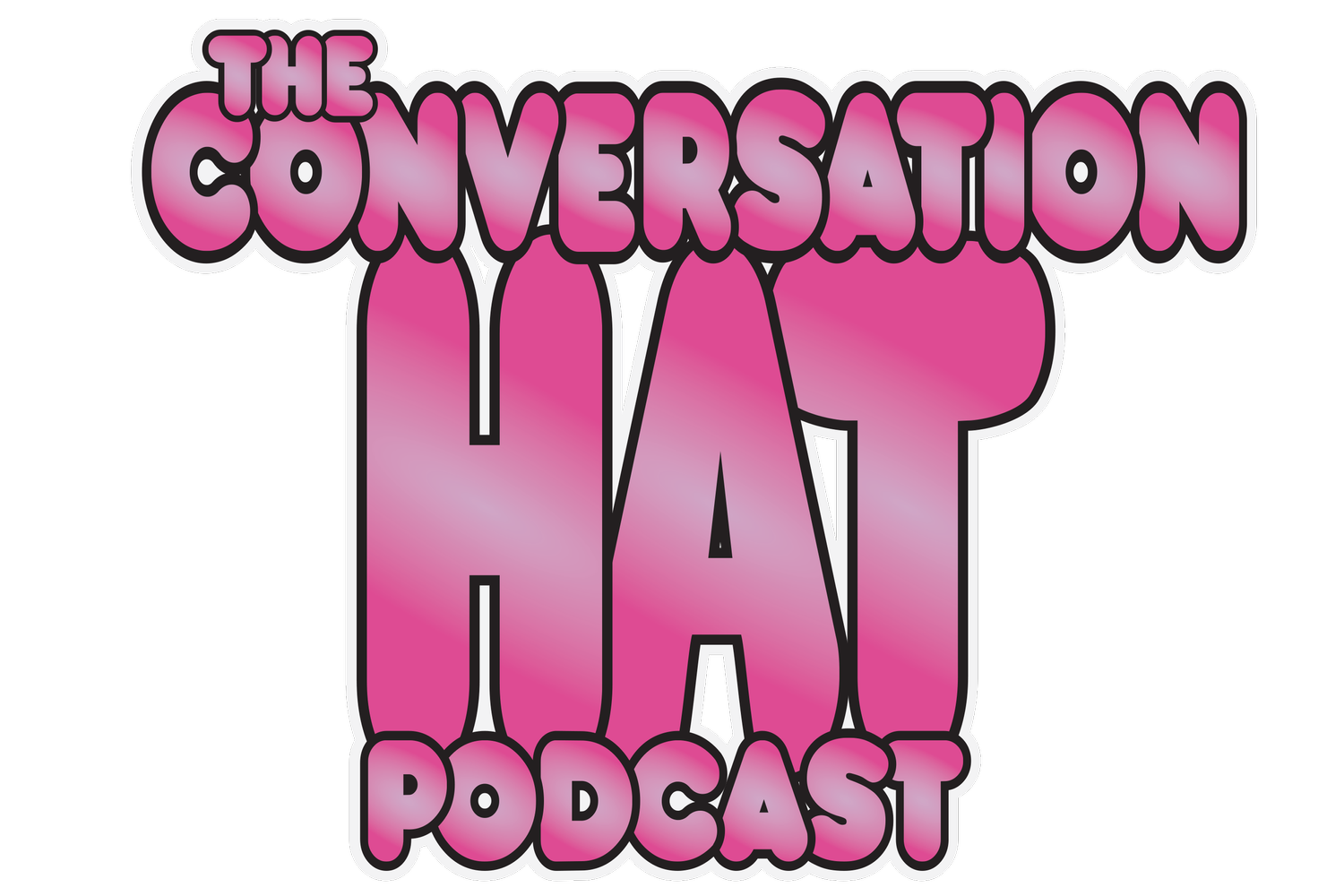Photo by Assem Nugumanuva
Fellow podcasters, if you’re looking to start your own podcast, or improve an established show, then you may find it useful to know what kind of equipment we use. I say this based on the number of messages we recieve to that affect so, rather than copy/pasting the same reply I’m now going to copy/paste a URL to this page.
A lot of our equipment choices are based on years of experience so I’ve left in a lot of the detail about why our equipment works for our specific circumstances. If you’d rather bypass the waffle then look out for the bold text as these are the key pieces of information.
Choosing a Podcast Microphone
Naturally, the first thing you’ll need is something to talk into - microphones. Early Conversation Hat relied on pretty much whatever microphones we could find. The key thing is to make sure that every individual has their own mic and, ideally, every mic is exactly the same.
The highest quality recordings came from using RODE NTG-1 microphones, but we realized that having to set up a mic, pop shield and mic stand every time we went to record took up a lot of time and was basically impossible for run-and-gun style recordings. If you were only ever recording in one location and the mics would never be moved then this setup is fine. If you’re lucky enough to be in a studio with sound-proofing then you could invest in some kind of large diaphragm condenser microphone by SeElectronics, Shure or AKG.
We eventually decided to sacrifice a small amount of audio quality for convenience - normally I’m a stickler for quality, but the fact is that most podcast listeners will be using their phones, likely on public transport, so...
HERE’S AN UNPOPULAR OPINION
Having perfect audio isn’t necessary. Don’t get me wrong, the cleaner the better, but by no means do you need to record in an anechoic chamber.
With this in mind, we opted for a set of MOVO LV4-O Lav mics - the lav style is perfect if a guest isn’t used to being infront of a microphone, (the mic stays pinned to their chest, so if they look away whilst talking it’s not an issue), and the XLR connection is perfect for our recorder.
How to Record a Podcast
Cool, so what do you plug the microphones into? An audio interface or recorder of some kind.
In the early days, even before The Conversation Hat, we started off by plugging into a USB/Firewire audio interface which connected straight to our audio software, Cubase. The issue with this setup is that it relied on the computer not crashing and we’d also have some noise from the computer fans - something that needs to stay on in order for it not to crash from overheating.
We experimented with a variety of recording ideas, mixing desks sent to stereo audio recorders, a variety of mic placements, etc, etc, and eventually settled on the Tascam DR-70D. The beauty of this unit is that you have seperate control of up to 4 inputs, (ideal for most podcasts), so if one of you is louder than the others, (Ben), you can lower their mic volume. You also get individual mono tracks out of the recorder which is ideal for editing.
Software for Podcast Editing
The last piece of the puzzle is editing software - you’ve got your audio tracks out of your recorder, now you just need to cut out the big pauses and probably add some kind of music.
Our software of choice is Cubase. The reason we use Cubase is because of my background in music creation - I’ve used Cubase my entire life and just happen to find it the best for my workflow. It’s therefore the best software for me to teach anyone else to use, as was the case with our editor, Laura. (FYI, I teach Pro Tools as part of my day job - I promise you, Cubase is much easier to use and gets you the same quality for much less money). Laura uses a slightly out-of-date Artist version of Cubase, which is perfect for our needs.
It is possible to use free software like Audacity, but get a better result if you use professional audio software. A few of those reasons include…
Greater variety of audio plugins;
Improved audio level and frequency monitoring;
Intuitive workflow and variety of tools.
I hope the above information is helpful to you on your podcast journey!
You can hear this equipment in action by listening to The Conversation Hat Podcast.
Most of the links above are Amazon Associate links, so if you do end up making a purchase a small percentage of your basket total will go to us - we massively appreciate you using these link! Don’t worry, you don’t pay any more than you normally would.
If you’ve found value in this post and would like to support us, please check out The Conversation Hat Podcast on Patreon.



